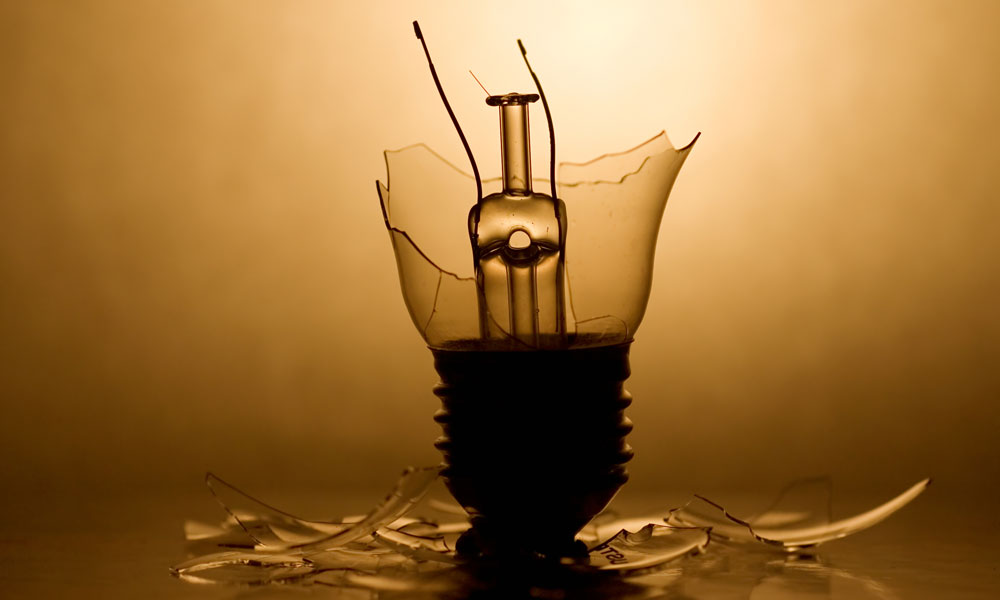
Battle of the Bulb Fizzles As Lighting Rules Take Effect
While the federal government's rules affecting the manufacture of traditional light bulbs have drawn some conservative fire, the latest changes went into effect on New Year's Day with barely a whimper—and with backing from the National Electrical Manufacturers Association.
While the federal government’s rules affecting the manufacture of traditional light bulbs have drawn some conservative fire, the latest changes went into effect on New Year’s Day with barely a whimper—and with backing from the National Electrical Manufacturers Association.
The lights aren’t out; they’ve just been upgraded.
With the start of the new year, a household item that a lot of people have taken for granted for decades—40- and 60-watt incandescent light bulbs—went out of production in the U.S. In their place are energy-efficient bulbs that use far less energy and last far longer than their Edison-invented counterparts.
The rules that ended U.S. production and import of traditional bulbs are a result of the Energy Independence and Security Act of 2007. The law doesn’t ban the old bulbs, but it requires that light bulbs use about 30 percent less energy than incandescents do to encourage consumers to use more energy-efficient options to light their homes.
The regulations saw conservative and tea party pushback during the run-up to the 2012 presidential election—most notably from then-candidate Michele Bachmann (R-MN), who introduced a bill in the House of Representatives called the “Light Bulb Freedom of Choice Act” in 2011. That bill and others like it stalled, and the new rules banning the 40- and 60-watt incandescents went into effect on January 1, causing barely a spark, Politico noted.
Why the backlash? Bachmann and other critics of the new rules said they amounted to government intrusion in the free market. Also, many noted that although compact fluorescent, LED, and halogen bulbs are cheaper than old-school incandescent bulbs in the long run because they have a longer lifespan and use less energy, the in-store prices of these newer bulbs remain a few bucks higher
Why opponents stepped back: While some GOP critics maintain that they were right on the issue, many insiders have let it go, realizing that their point has been made. “If consumers are unhappy, the identity of those responsible will be clear,” attorney Linda Stuntz, a who served as deputy secretary of energy under President George H.W. Bush, told Politico.
Association takes: A number of conservation groups, such as the Alliance to Save Energy and the Natural Resources Defense Council, have suggested the subject is a nonissue for most people who buy light bulbs and that the benefits outweigh the costs. Even the National Electrical Manufacturers Association (NEMA), which represents 95 percent of all light bulb manufacturers, supports the rule change, noting that having a single federal standard for bulbs is preferable to navigating numerous state regulations. “We’ve seen the writing on the wall for a good long time,” NEMA Assistant Vice President Paul Molitor told Politico. “The law is very clearly written, and [manufacturers have] been anticipating it and their factories have been retooled to accommodate it.”
If you’re an incandescent die-hard, you likely still can find a few bulbs at your local store, but there have been a few reports of hoarding.
(iStock/Thinkstock)






Comments